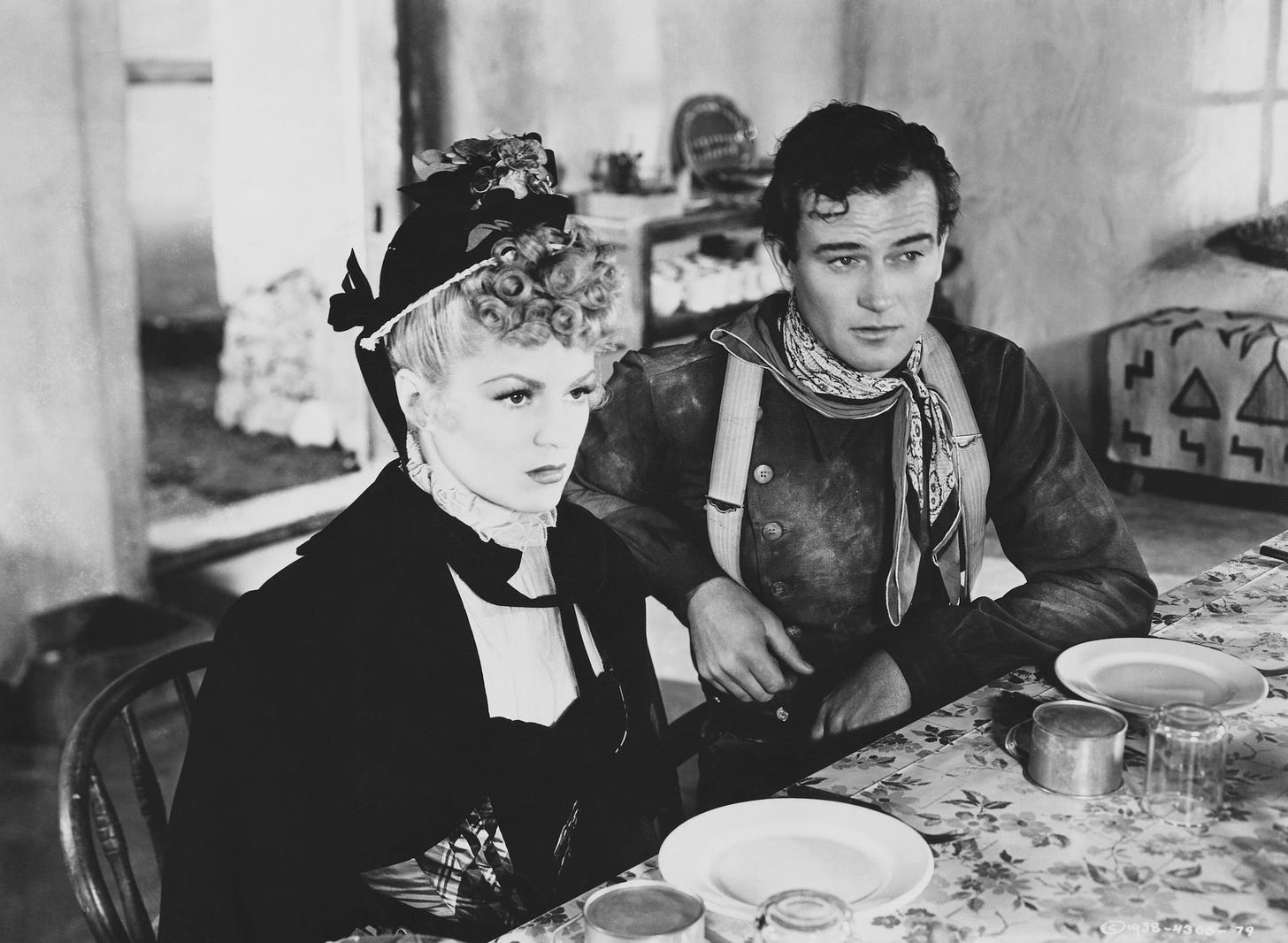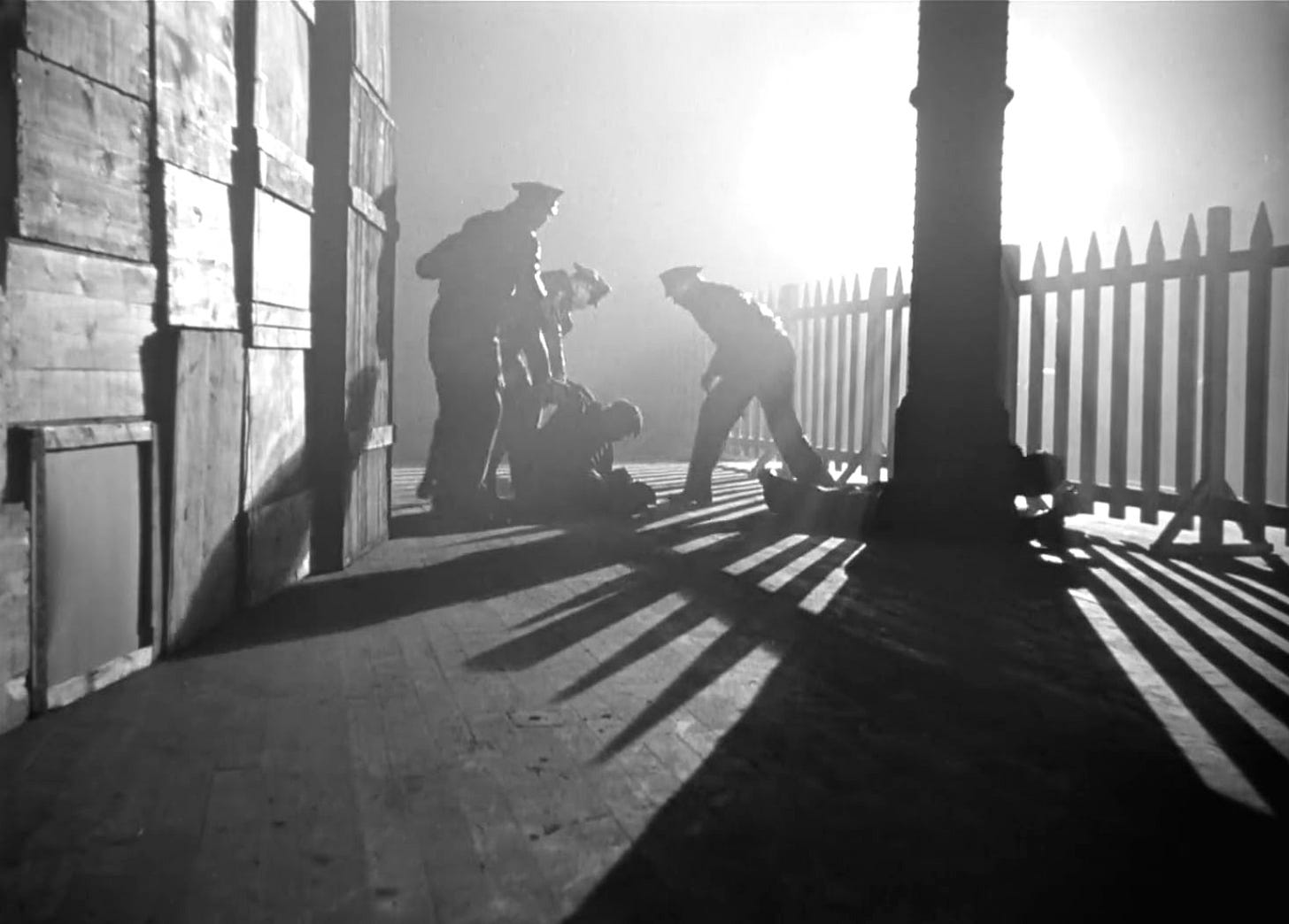What I've been reading and watching
seeking comfort in French novels and American cinematography
What I’ve been reading
Last week, Jade told a friend that I’m going through a “French peasant” phase. “Which book was that again?” she later asked me.
Had she meant John Berger’s Pig Earth (or even the author’s English turn in the photojournal-esque A Fortunate Man: The Story of a Country Doctor)? Or was she referring to my more recent obsession with the tremendous Jean Giono, whose Song of the World changed my life, and whose Ennemonde (sensual, aphoristic tales of a fat, beautiful matriarch and her machinations for pleasure and freedom), The Open Road (while the Melville aficionado’s American influences rise creamlike to the top, Giono’s affection for Steinbeck is especially apparent in this picaresque about an itinerant smart-aleck with a homoerotic fixation on a con-man), and A King Alone (what if David’s favorite Provençal novelist took a mid-century swerve into the noir with a blood-chilling chronique about a rural serial killer?) are currently rewiring my brain—no less because I’m reading the genre-expansive1 writer through a series of translators?
It’s not escape that I find in these books, nor do I believe that their authors, the great Marxist and the unwavering pacifist, would wish to provide it for me. But there is comfort in their reverence for and solidarity with what Berger called “the so-called ‘backward,’ whether they live in villages or have been forced to emigrate to a metropolis.” As the Trump administration dismantles the fed, decimates public health, and deports refugees, migrants, and citizens to Bukele’s concentration camps; as trans rights here and in Europe are under attack and even regressing; as war, famine, and nuclear uncertainty endanger and immiserate people the world over; and as, most horrifically of all, the Nakba enters its 78th year with what may have been Gaza’s deadliest night since October 2023, we will need this comfort.
To read novels is not enough, but if you can read novels, too, I think you should. I’ll conclude with a passage from Ennemonde: “The New Testament agrees with no one; the Old Testament with some people, sometimes; but what accords with everyone is the sense (which has no name in any language) that nothing is dust.”
What I’ve been watching
In my dad’s house when I was growing up, our holy trinity was Jesus Christ, Ronald Reagan, and John Wayne (not necessarily in that order).
For this reason, returning to John Ford as an adult is like receiving a dream meant for someone else: it’s hard to know what’s their memory, what’s mine, and what’s been gleaned by both of us from the cultural ether, the soup of art, politics, and propaganda. Perhaps you’ve had a similar experience after seeing a film that’s been legendary your whole life, as I did with Citizen Kane (1941), Casablanca (1942), and now Stagecoach (1939), one of the most influential Westerns ever made. As Roger Ebert wrote, “Seen today, Stagecoach may not seem very original. That’s because it influenced countless later movies in which a mixed bag of characters are thrown together by chance and forced to survive an ordeal.”2
It’s with great regret that I report that the young John Wayne, a man I eventually learned enough about to loathe, is achingly beautiful. As Ringo Kid, a gentlemanly outlaw that’s long, lean, and squinting3, with a Silent Era star’s soft lips and labile smirks, Ford’s muse idiosyncratically pre-empts his vowels in that way so perfectly parodied by Robin Williams in The Birdcage (1996). I suppose it’s impossible to speak of the Ark Movie (as Ebert calls it) without summoning its imitators and iterations, which applies as much to Stagecoach’s now-iconic story and stars as it does its setting in Tsé Biiʼ Ndzisgaii, the sacred Navajo valley that has, thanks to Ford, since become the visual shorthand for cowboys, Indians, and Manifest Destiny in the American West4. Everything’s a palimpsest, even the originals.
Like Stagecoach, much of which takes place in the stagecoach itself, The Long Voyage Home (1940) is a chamber piece by contrast, with the action occasionally boiling over from innards of a sailing ship to decks, wharves, and pubs. Cinematographically, the tramp steamer’s belly produces ingenious fish-eyes and other claustrophobic perspectives. Even better, Ford is careful to change the lighting according to the weather and time of day, with an effect so realistic as to be eerie, and yet too beautiful for waking life. I’m thinking of the crepuscular bridge, its helm and doorways misting with lamplight as the SS Glencairn drifts into World War II, its sailors certain they’ll be drawn into battle and die as “unsung heroes.”
In keeping with this month’s black-and-white theme, I’ll share two more recent viewings, both of them rewatches for me:
The sublimely phosphorescent The Night of the Hunter (1955), with Jade. We were struck by the abstract simplicity of the set pieces, which were designed by Hilyard Brown to evoke the tunnel-vision perspective of children.
Fellini’s final black-and-white film, 8 ½, with Nes; though the director famously identified himself as a liar, his psychological honesty—which is ultimately, I think, a loyalty to the child he once was—is my favorite thing about him.
Thank you for reading and sharing my newsletter. Buy my books or find me on Twitter, Instagram, and Bluesky.
After a cop murdered Rodney Hinton Jr.’s teenage son, Hinton allegedly took action. Get a free month of subscriber-only DAVID content when you screenshot your donation of any amount to his legal fund.
Sorry.
You can go ahead and disregard his defenses of Ford and Wayne as “not racist.” Get real.
“My dear, you’ve set your gaze upon the quintessential frontier type. Note the lean silhouette, eyes closed by the sun, though sharp as a hawk. He’s got the look of both predator and prey.”
In her episode about John Ford, You Must Remember This’ Karina Longworth gets into the racism of Stagecoach and other Ford Westerns, particularly regarding the Irish-American director’s depictions of Native Americans, and the complicated relationships early Hollywood’s Indigenous actors and crew members had with Ford and other white settler filmmakers.





Oh man I found Night of the Hunter so upsetting, it's in that special category of "one of the best things I've ever seen that I do not wish to revisit"